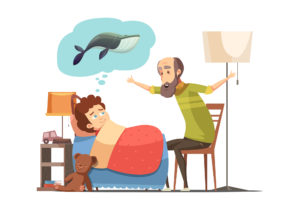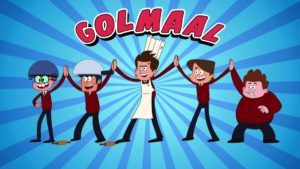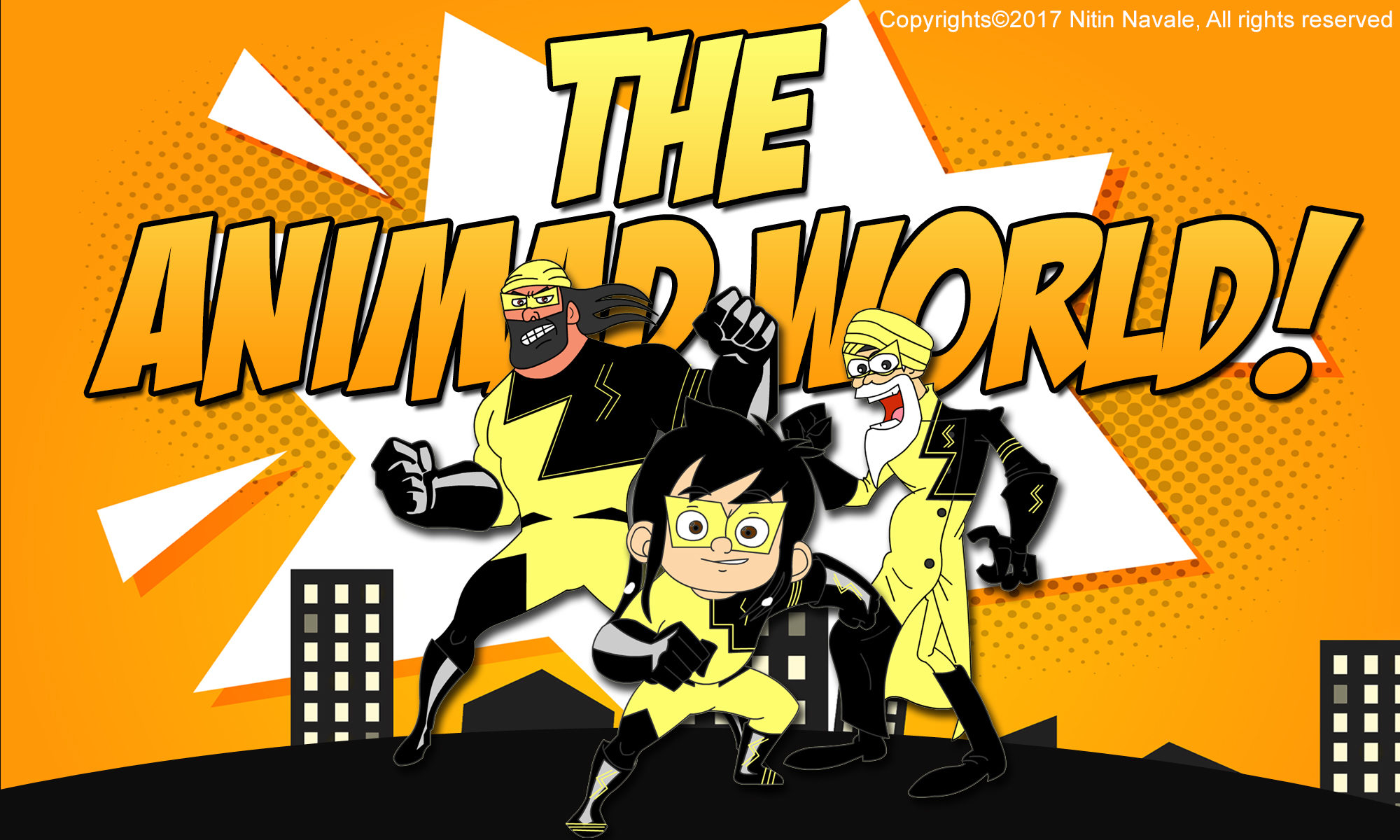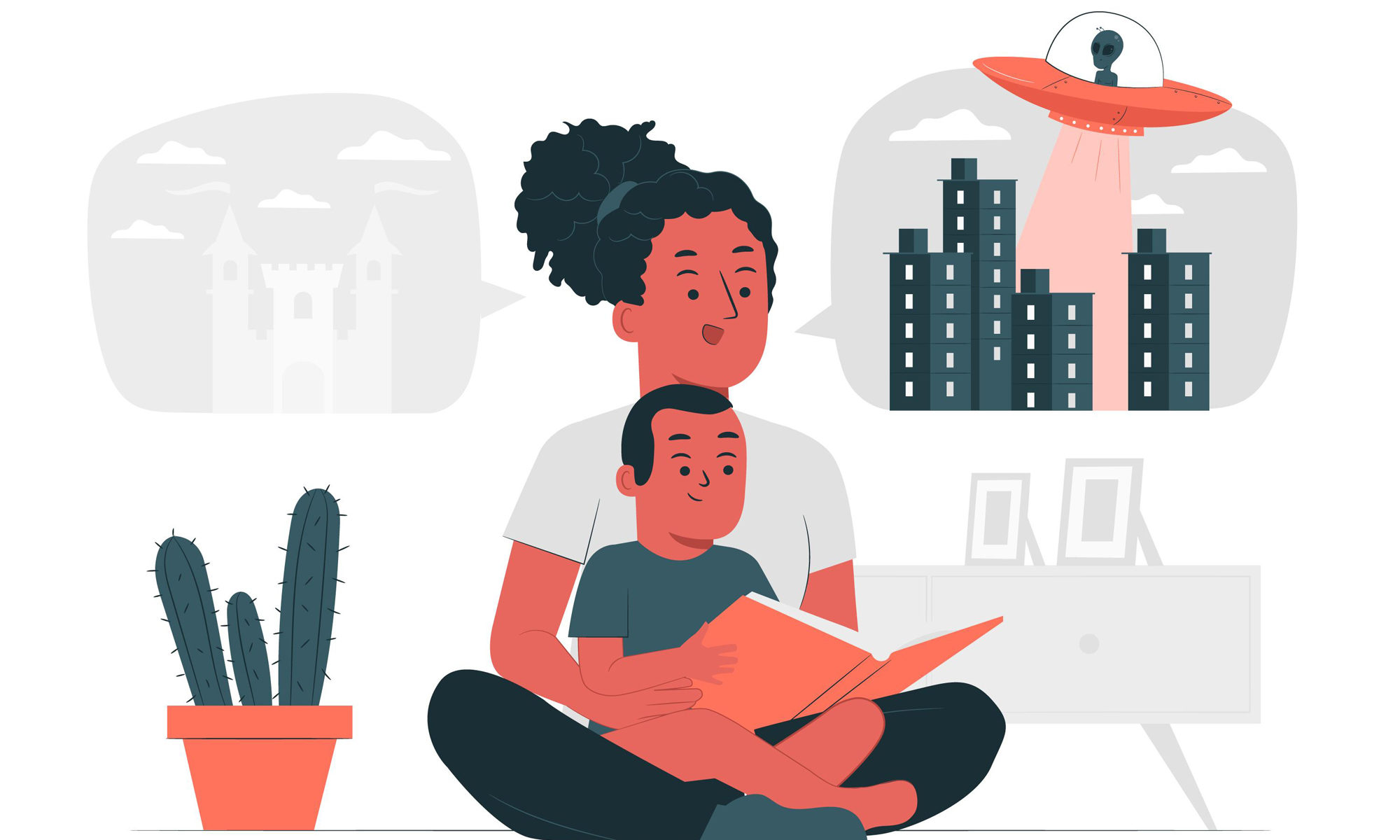CHAPTER 09
THE STORYTELLING
AND WHY DO WE STRUGGLE?
“The stories we tell literally make the world. If you want to change the world, you need to change your story. This truth applies both to individuals and institutions.”
― MICHAEL MARGOLIS
Despite the optimistic and vivid portrait painted by fancy media reports, Indian Animation is still striving at its core. On the surface, it’s the happiest place to be in, but the truth is far stranger than the fiction it depicts on the screen.
And the most critical part is, hardly anyone is willing to make an effort to enhance its condition to reach a point that will help the industry and animation shows rise above their current state.
Sure, animation as a business has shown steady growth in the past few years due to the availability of a wide range of platforms to reach the intended target audiences. But we need to look beyond the technical and commerce to emerge as original creators at the global stage.
In the previous chapter, I wrote about how the lack of attention by our viewers in this medium has affected the growth and condition of better homegrown shows. But this is just one of the factors that need to be addressed out of many.
So let’s go deeper into this illusionary world of life and explore another but most vital component that must be discussed for the betterment of Indian Animation as a whole, and that component is STORY.

So much has been written about the ingredients of good storytelling, but few organizations can match the standards of soulful storytelling, especially in animated films like Pixar and Ghibli Studio.
On the one hand, Pixar has nearly twenty-two principles or rules for impactful visual storytelling that we see in all of their work. Whereas when it comes to striking a balance between fantasy and reality, Ghibli has been successfully able to cast its spell over audiences for more than four decades.
So what is it about Pixar and Ghibli’s storytelling techniques that stand them apart?
Well, it might sound overly complicated process, but it’s actually something simple, and that is their stories are relatable and focus on socio-emotional development.
They are the masters in creating captivating characters resonating with human emotions and sociological elements. Even in a superficial world, the central idea always revolves around basic human sentiments such as humility, compassion, and honor with a definitive motive.
And the character’s internal journey is given equal importance as its outer goals. And this vital element makes all the difference in the storytelling process.
Whereas most of the characters we see in Indian animated series lack defining internal motivation. They are good or bad just for the sake of it, with no strong driving force behind their undertakings.
And it’s a bit surprising to see our storytellers failing to depict such essential elements in the land where epics like Ramayana and Mahabharata have already set standards years ago.

A typical episode in most Indian shows involves the hero along with his sidekicks saving the day for everyone. Sure there is nothing wrong with that, as that’s where the soul of the superhero genre lies.
But Indian channels are flooded with these action-packed dramas between the hero and the villain with almost no emotional conflict between them.
And because of the protagonist’s invincible characteristics, there is nothing much at stake for them because we know in the end he will rise victorious with just one punch on the face.
We need to understand that conflicts are much more complicated than an asteroid approaching the earth or two people battling for a magic potion. The more unique and muti layered these conflicts are, the more they will be able to capture the viewers.
Let’s consider Batman’s conflict with the Joker in the Dark Knight. Batman represents the most ideal version of us, with utmost morals, values, and respect for order. In comparison, Joker stands for anarchy and disorder and has no moral values whatsoever. In simple terms, they have different goals that conflict with each other.
These internal differences lead to an external battle between them as both the characters try to get across their point of view, ultimately provoking an emotional reaction from the audience.
I understand kids’ content doesn’t have to be this complicated. Still, some level of psychological motivation for the characters will surely help our kids to grow mentally and emotionally, along with their beloved characters.
But that’s just one aspect of storytelling as another major flaw with our industry is that, at times, Indian animation tends to underestimate the intelligence of our children.
It ends up oversimplifying the message by neglecting the importance of friendship, honor, bonding, empathy, patience, and other such values our kids should be learning while growing up. This doesn’t in any way mean poor storytelling, they are still entertaining, but these characters have so much more potential.
All we need to do is focus on all aspects of the character’s journey and give our kids a chance to sneak into human emotions. All we need to do is show our kids that animation is more than just action; we need to show the space where we see these characters reflect their circumstances without any explanation or dialogue.
We need to show them that it isn’t always about happily ever after. Things do not always go the way we want them to. And that’s okay!
Sure comparing Indian animation with Pixar’s, Nolan’s, and Ghibli’s standard of work will be harsh on us considering the lack of budget, audiences, technology, etc.
But creating better stories does not require any of the given factors but merely an intention to do so.
The time has come for the Indian Animation industry to push its limitation in innovation and every aspect of the art that will help it build a stronger foundation to inspire a new generation of artists.
And fortunately, in recent times, I have seen the change in this pattern of our shows, and the stories revolve around the day-to-day issues of life, which is far better than what we have been served so far.

Shows like Bhoot Bandhus, Sub Jholmaal hai, and Golmaal Jr., in which I had the unofficial opportunity to write the pilot episode to set its tone and structure for upcoming episodes brought a refreshing take on the usual pattern of our animated shows by focusing more on the internal conflicts and desires of these characters.
I am not really sure that if we are too late to acknowledge such content. But by looking at the mild success of these franchises, I am a little optimistic about the future of Animation in India and appreciate the creators, storytellers, and broadcasters for taking a chance with it.
After all, Animation is a costly business with millions of rupees at stake. So it’s courageous of our people to start accepting the change we want to see, and I am sure we are on the right track for now.
(Imp Note: This is one of the reasons behind the struggles of Indian Animation. In my blog series, “The Faults In Our Art! We will explore ten major factors that are keeping Indian animation behind. So I request you to please support my initiative by subscribing to my website by filling the form below)


